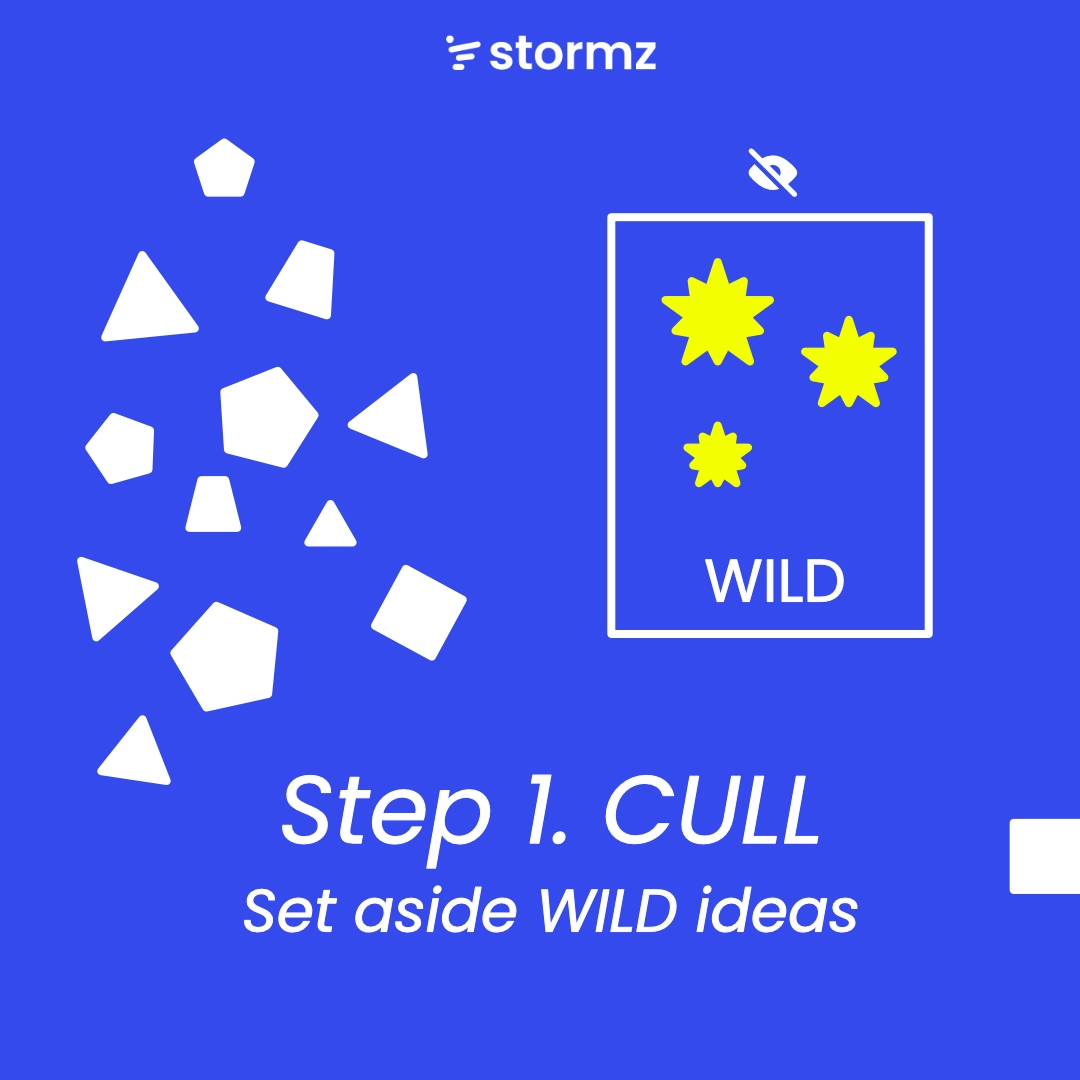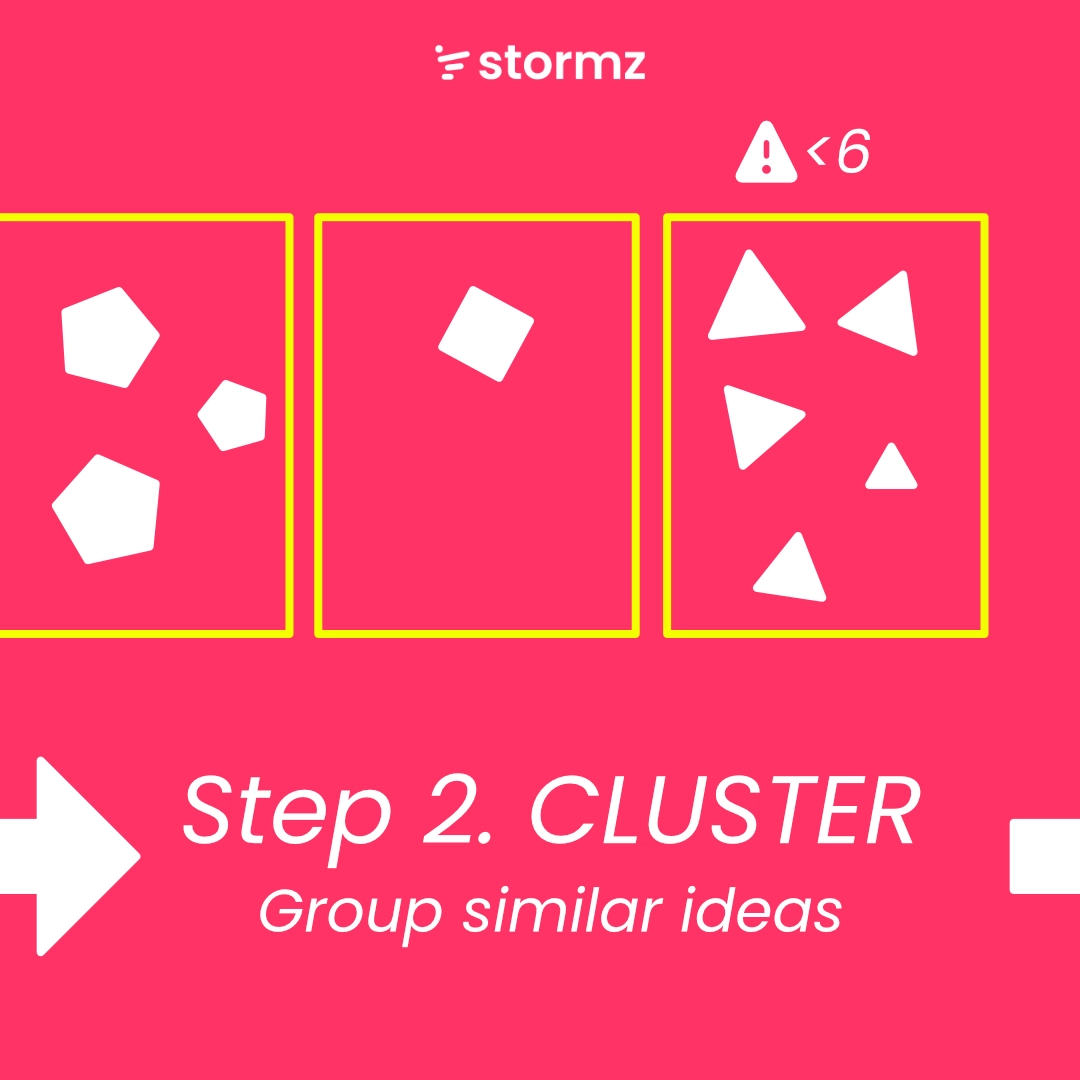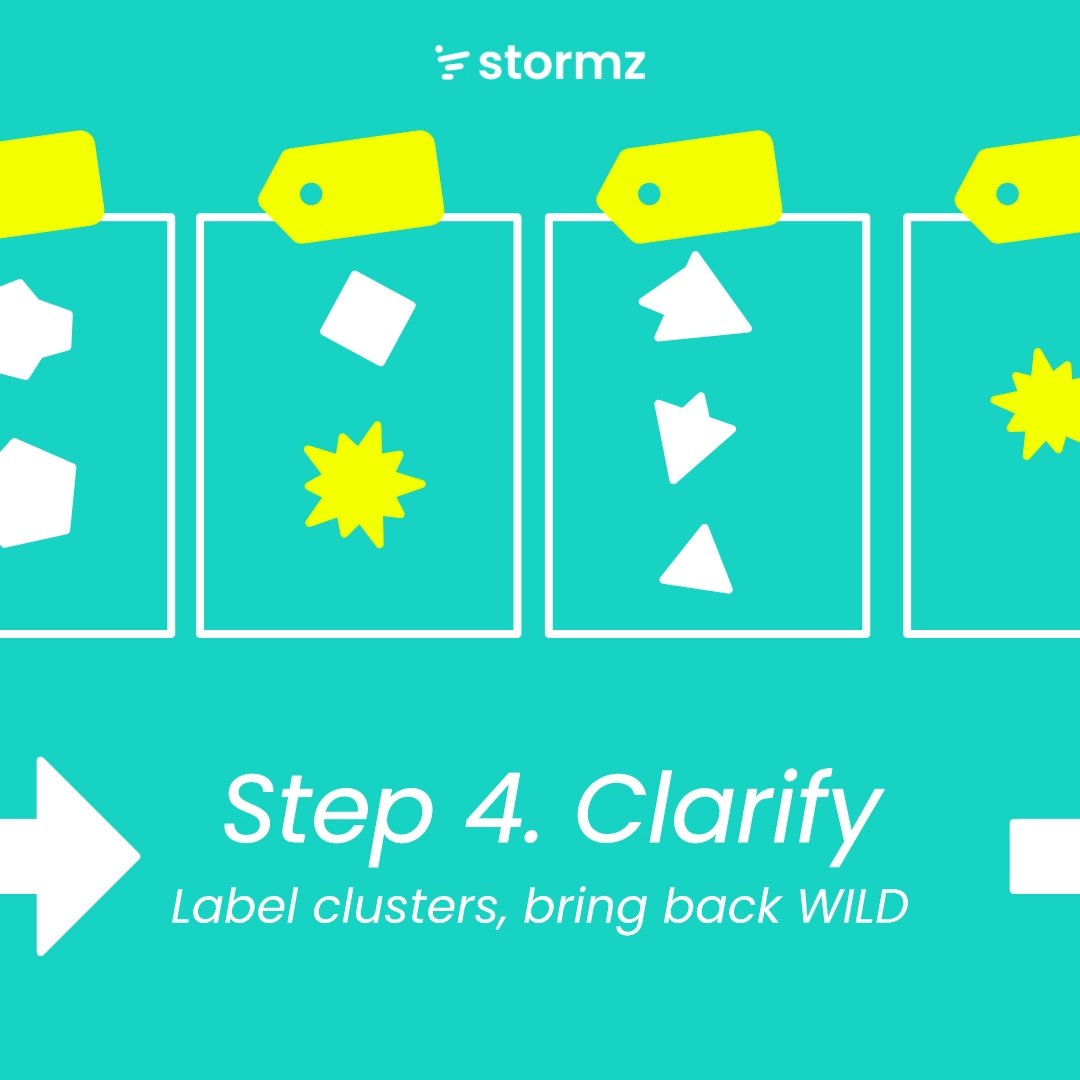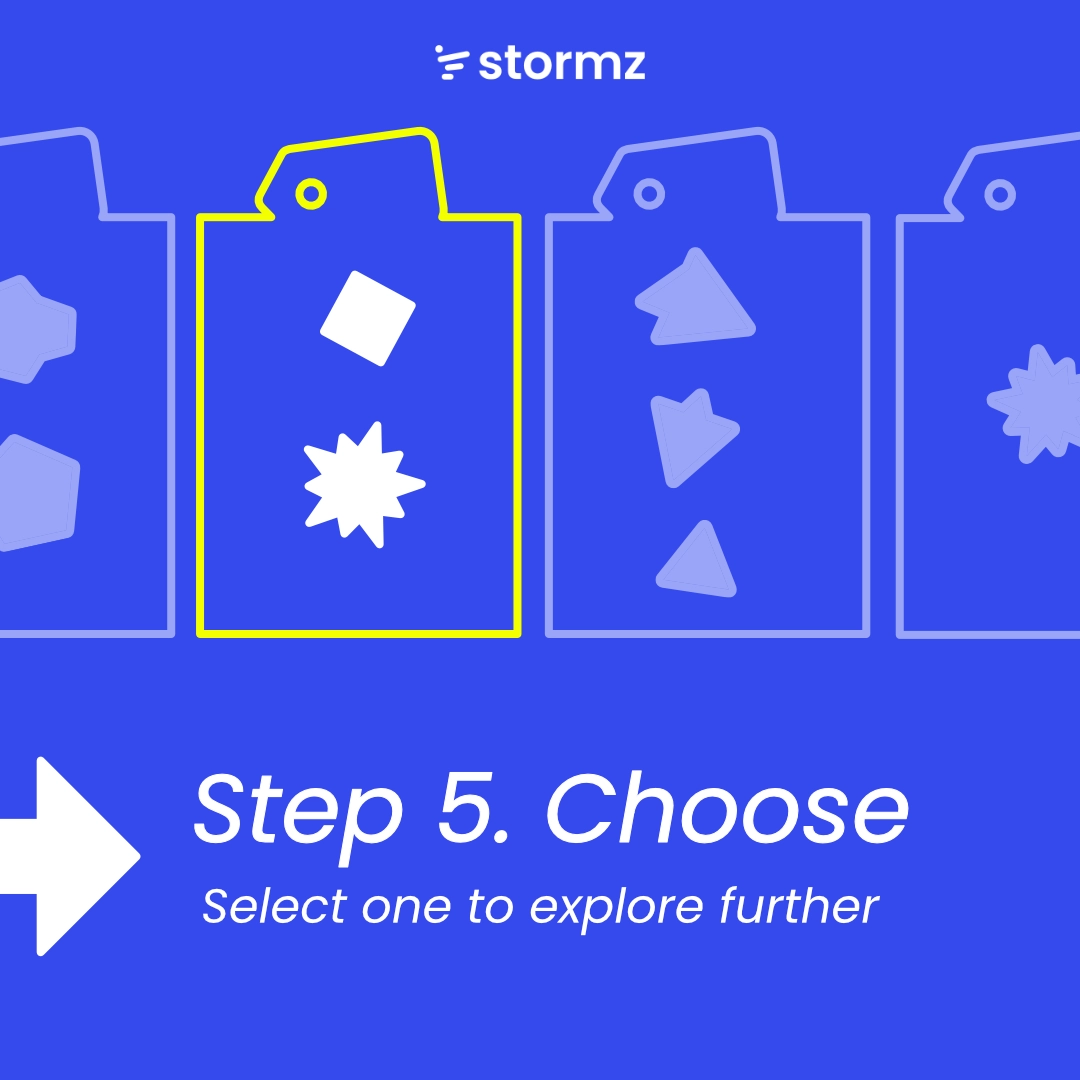Today, I'm excited to share a tool from my favorite CPS expert, Tim Hurson, called C5. Trust me, it won't be the last time I mention his work. C5 is an excellent step-by-step framework for navigating the emergence phase in a workshop. It's effective, protects wild ideas, and... has a catchy acronym!
TLDR - What is Cull, Cluster, Combine, Clarify, Choose?
- C5 is a practical framework by Tim Hurson to navigate the emergence phase in workshops.
- The process involves Culling, Clustering, Combining, Clarifying, and Choosing ideas.
- C5 promotes clarity, ownership, diversity, and creativity within the group.
- Properly allocating time for this phase leads to a stronger foundation for convergence.
What is C5?
C5, or Cull, Cluster, Combine, Clarify, Choose (phew!), is a tool by Tim Hurson from his book Think Better. It helps make sense of numerous ideas, managing them to uncover hidden insights.
When should you use C5?
C5 can be used in any phase of a CPS process, not just the solution phase. You can also use it to explore vision statements, challenges, or actions. Use it whenever you need to dig into lots of insights, typically after a divergent thinking phase and before converging.
Why should I facilitate C5?
C5 helps achieve four goals in the emergence phase:
- Clarity: Participants can process and understand many generated ideas.
- Ownership: Clustering ensures everyone engages with ALL content, not just their own ideas.
- Diversity: Clustering reveals missing or underdeveloped areas within the idea set, encouraging more ideas.
- Creativity: Clustering sparks surprising idea combinations, leading to innovative solutions.
How to facilitate C5
Step 1: Cull

This step addresses a common issue in convergence phases: losing wild ideas generated during the divergent phase. It supports diversity and creativity.
Set aside the wildest ideas in a separate cluster and hide it until the second part of Step 4.
Step 2: Cluster

Group ideas by similarities—this is a classic part of any clustering activity. Most facilitators do this step, but it's the additional steps that make the difference.
AI-powered tools like Stormz.ai can save time here, but beware of the pitfalls of AI clustering.
After clustering, remove exact duplicates and keep clusters small, with no more than five ideas.
Step 3: Combine

Merge similar ideas to create stronger ones, but don't over-merge. Keep ideas unique.
Step 4: Clarify

Work with participants to label clusters carefully, highlighting new insights and perspectives.
Now, bring back the wild ideas! Tame them a bit and add them to existing clusters or create new ones.
Step 5: Choose

Pick clusters to explore further in the next phase. You can use your favorite voting technique for that.
Tips
- In Step 2, remove only exact duplicates to preserve interesting nuances.
- In Step 3, avoid over-merging, which can lead to dull, average ideas.
- Steps 3 and 4 can be challenging, but that's where the magic happens!
Final words
Many facilitators only group ideas by similarities and quickly label clusters, missing most of the value and starting convergence with a weak foundation. Allocate enough time to do this phase properly and unlock the full potential of your brainstorming workshop.
Craving more? Feel free to subscribe to my newsletter, where I both share simple tips for facilitators and in-depth insights. Don't forget to follow me on LinkedIn and on Twitter as well!